Home>Kitchen & Cooking>Kitchen Gadgets & Utensils>Who Invented The Corkscrew
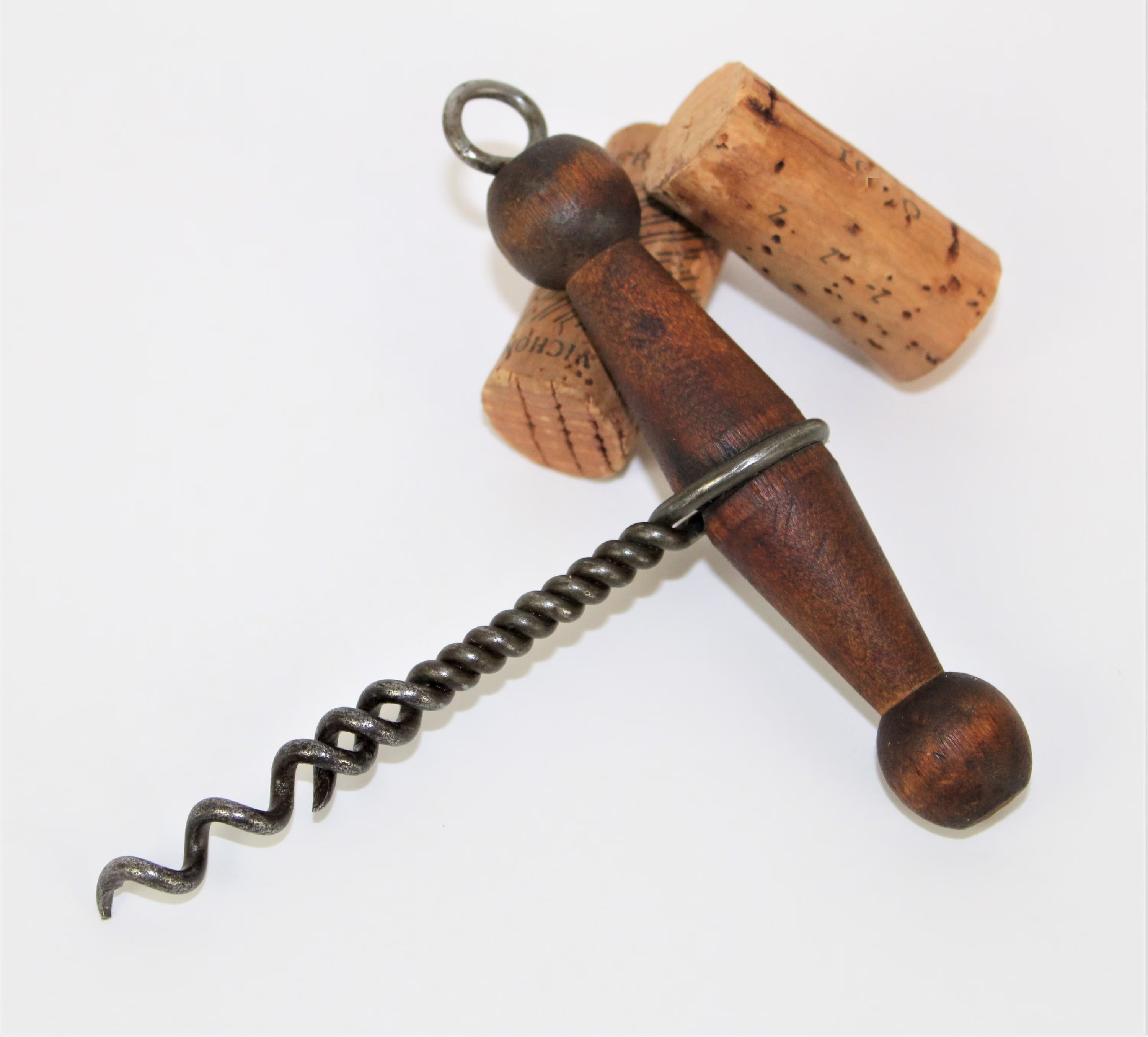

Kitchen Gadgets & Utensils
Who Invented The Corkscrew
Published: February 16, 2024
Discover the history of the corkscrew and its inventor. Learn about the origins of this essential kitchen gadget and utensil.
(Many of the links in this article redirect to a specific reviewed product. Your purchase of these products through affiliate links helps to generate commission for Storables.com, at no extra cost. Learn more)
Introduction
The corkscrew, a humble yet indispensable tool in the world of wine, has a fascinating history that spans centuries. This unassuming device, designed to extract corks from wine bottles, has evolved from simple tools to intricate gadgets, reflecting the ingenuity and craftsmanship of its inventors. Exploring the origins and evolution of the corkscrew unveils a captivating narrative of human innovation and the enduring quest for convenience and efficiency.
The journey of the corkscrew begins with the ancient practice of sealing containers with cork, a material derived from the bark of the cork oak tree. While the use of cork dates back to ancient civilizations, such as the Greeks and Romans, it wasn't until the widespread adoption of cork stoppers in wine bottles during the 17th century that the need for a specialized extraction tool became apparent.
As the popularity of cork-sealed wine bottles surged, so did the demand for a reliable method to remove the stoppers without causing damage to the precious contents within. This necessity sparked the invention of the corkscrew, setting the stage for a remarkable lineage of innovative designs and mechanisms.
The evolution of the corkscrew mirrors the evolution of wine culture itself, with each era leaving its imprint on the design and functionality of these essential tools. From the rudimentary T-shaped worm and simple lever models to the sophisticated and ergonomic corkscrews of today, the journey of this unassuming gadget is a testament to human creativity and problem-solving prowess.
In the subsequent sections, we will delve into the early history of corkscrews, uncover the pivotal moment of the modern corkscrew's invention, trace the evolution of corkscrew designs, and pay homage to the ingenious minds behind some of the most iconic corkscrew innovations. Join us on this captivating exploration of the corkscrew's past, present, and the enduring legacy of its inventors.
Key Takeaways:
- The corkscrew, a tool for removing wine bottle corks, has a rich history of innovation and creativity, evolving from simple designs to modern, sleek models.
- Visionary inventors like Reverend Samuel Henshall and Edward Thomason revolutionized corkscrew design, shaping the diverse range of models we enjoy today.
Read more: Who Invented The Mattress
The Early History of Corkscrews
The early history of corkscrews is intertwined with the ancient practice of using cork as a sealing material for containers. The use of cork dates back to ancient civilizations, including the Greeks and Romans, who recognized its remarkable properties as a sealant. However, it was not until the 17th century that cork stoppers became widely adopted for sealing wine bottles, marking a pivotal moment in the evolution of corkscrew history.
As the popularity of cork-sealed wine bottles soared, the need for a specialized tool to extract the stoppers without damaging the contents became increasingly evident. This necessity led to the emergence of early corkscrew designs, which were rudimentary yet effective in their purpose.
One of the earliest known corkscrew designs is the T-shaped worm, a simple yet ingenious tool that featured a helix-shaped metal spiral affixed to a handle. This design allowed the user to insert the spiral into the cork and then leverage the handle to extract the stopper from the bottle. While basic in its construction, the T-shaped worm represented a significant leap forward in the quest for a dedicated cork extraction tool.
Another notable early corkscrew design is the steel bow corkscrew, which gained popularity in the 18th century. This design featured a metal bow handle with a central helix, providing a more ergonomic and efficient means of removing corks from wine bottles. The steel bow corkscrew marked a notable advancement in corkscrew technology, reflecting the ongoing refinement and innovation in response to the growing demand for a reliable and convenient cork extraction tool.
During this formative period in corkscrew history, various iterations and adaptations of corkscrew designs emerged, each reflecting the cultural and technological landscape of its time. From the basic T-shaped worm to the more sophisticated steel bow corkscrew, these early corkscrew designs laid the foundation for the diverse range of corkscrew models that would follow in the centuries to come.
The early history of corkscrews is a testament to human ingenuity and the enduring quest for practical solutions. These early designs, though simple by today's standards, represented significant milestones in the evolution of corkscrew technology, setting the stage for the remarkable innovations that would shape the future of this essential tool.
The Invention of the Modern Corkscrew
The invention of the modern corkscrew marked a transformative moment in the history of this essential tool, ushering in an era of innovation and refinement that continues to influence corkscrew design to this day. The transition from rudimentary corkscrew models to the modern iterations we are familiar with today was propelled by a convergence of technological advancements, ergonomic considerations, and a deep understanding of user needs.
One of the pivotal developments in the evolution of the corkscrew was the introduction of the "screw and plate" mechanism, which revolutionized the process of extracting corks from wine bottles. This innovative approach, attributed to Reverend Samuel Henshall in the 18th century, featured a helix (or worm) attached to a plate that could be positioned against the cork. By turning the helix into the cork and leveraging the plate against the bottle's neck, users could effortlessly remove the stopper with enhanced stability and control. Henshall's ingenious design represented a significant leap forward in corkscrew technology, setting the stage for the modern corkscrew's evolution.
The 19th century witnessed a surge of creativity and ingenuity in corkscrew design, with inventors exploring new materials, mechanisms, and ergonomic considerations. The introduction of compound leverage systems, such as the "King's Screw" by Edward Thomason, further enhanced the efficiency and ease of cork extraction. This era also saw the emergence of pocket corkscrews, compact designs that catered to the growing demand for portable and convenient wine accessories.
The 20th century brought about a wave of modernization and diversification in corkscrew design, with the advent of innovative materials, such as stainless steel and aluminum, contributing to the durability and aesthetic appeal of corkscrews. Additionally, the integration of ergonomic handles, precision-engineered helices, and multifunctional features reflected a deep understanding of user comfort and practicality.
The modern corkscrew, with its sleek and ergonomic form, embodies the culmination of centuries of innovation and refinement. From the humble T-shaped worm to the sophisticated lever and winged corkscrews of today, the evolution of the corkscrew stands as a testament to human creativity and the enduring pursuit of convenience and efficiency.
The invention of the modern corkscrew represents a pivotal chapter in the ongoing narrative of corkscrew history, underscoring the transformative power of human ingenuity and the enduring relevance of this essential tool in the world of wine.
The corkscrew was invented by Reverend Samuel Henshall in 1795, who patented the first corkscrew design.
The Evolution of Corkscrews
The evolution of corkscrews is a testament to the enduring quest for innovation and practicality in the realm of wine accessories. From the rudimentary T-shaped worm to the sleek and multifunctional corkscrews of today, the journey of this essential tool reflects the dynamic interplay of cultural, technological, and ergonomic influences.
The 19th century witnessed a surge of creativity and ingenuity in corkscrew design, with inventors exploring new materials, mechanisms, and ergonomic considerations. The introduction of compound leverage systems, such as the "King's Screw" by Edward Thomason, further enhanced the efficiency and ease of cork extraction. This era also saw the emergence of pocket corkscrews, compact designs that catered to the growing demand for portable and convenient wine accessories.
The 20th century brought about a wave of modernization and diversification in corkscrew design, with the advent of innovative materials, such as stainless steel and aluminum, contributing to the durability and aesthetic appeal of corkscrews. Additionally, the integration of ergonomic handles, precision-engineered helices, and multifunctional features reflected a deep understanding of user comfort and practicality.
The evolution of corkscrews also witnessed the emergence of lever corkscrews, which introduced a mechanical advantage that made cork extraction even more effortless. This innovative design featured a hinged lever that, when activated, drove the helix into the cork and facilitated its smooth removal. The lever corkscrew represented a significant leap forward in user convenience and set a new standard for corkscrew functionality.
In recent years, the evolution of corkscrews has been marked by a fusion of tradition and modernity, with contemporary designs incorporating advanced materials, precision engineering, and elegant aesthetics. The introduction of electric corkscrews, leveraging technology to streamline the cork extraction process, exemplifies this convergence of innovation and convenience.
The evolution of corkscrews stands as a testament to human creativity and the enduring pursuit of convenience and efficiency. From the humble origins of early corkscrew designs to the sophisticated and ergonomic models of today, the evolution of this essential tool mirrors the evolution of wine culture itself, embodying the timeless appeal of craftsmanship and practicality.
Famous Corkscrew Inventors
Throughout history, the evolution of corkscrews has been shaped by the innovative spirit and ingenuity of remarkable inventors who have left an indelible mark on the world of wine accessories. These visionary individuals, driven by a passion for practicality and elegance, have contributed to the diverse tapestry of corkscrew designs, each reflecting a unique blend of creativity and functionality.
One of the most iconic figures in corkscrew history is Reverend Samuel Henshall, whose pioneering "screw and plate" mechanism revolutionized the process of cork extraction. Henshall's innovative design, patented in the late 18th century, introduced a level of precision and control previously unseen in corkscrew technology. His contribution laid the foundation for the modern corkscrew, setting a new standard for efficiency and user experience.
Edward Thomason, a prolific inventor and entrepreneur, made significant strides in corkscrew innovation with his creation of the "King's Screw." This compound leverage corkscrew, introduced in the 19th century, exemplified Thomason's commitment to enhancing the ease and convenience of cork extraction. The King's Screw, with its ingenious mechanical design, represented a leap forward in corkscrew functionality, earning Thomason a place among the most influential corkscrew inventors of his time.
Another notable figure in corkscrew history is Carl Wienke, whose patented "Wienke's Lever" corkscrew introduced a groundbreaking lever-based mechanism that transformed the cork extraction process. Wienke's innovative design, characterized by its ergonomic handle and efficient leverage system, exemplified a harmonious blend of form and function. The Wienke's Lever corkscrew, renowned for its user-friendly operation, cemented Wienke's legacy as a visionary inventor in the realm of wine accessories.
In the modern era, the contributions of innovators such as Herbert Allen and Samuel B. Henshall Jr. have further enriched the landscape of corkscrew design. Allen's pursuit of precision engineering and ergonomic excellence led to the creation of the "Allen Lever" corkscrew, a testament to his unwavering commitment to enhancing the user experience. Similarly, Henshall Jr.'s inventive spirit gave rise to the "Henshall Jr. Corkscrew," a design that seamlessly integrated functionality and elegance, reflecting a deep understanding of user needs and aesthetic appeal.
These visionary inventors, each driven by a relentless pursuit of innovation and practicality, have left an enduring legacy in the world of corkscrew design. Their contributions have not only shaped the evolution of corkscrews but have also elevated the art of wine enjoyment, underscoring the profound impact of human creativity on the tools we use in our daily lives.
Read more: Who Invented Countertops
Conclusion
The journey through the history of corkscrews unveils a captivating narrative of human ingenuity, innovation, and the enduring quest for practical solutions. From the ancient origins of cork as a sealing material to the emergence of early corkscrew designs, the evolution of this essential tool reflects the dynamic interplay of cultural, technological, and ergonomic influences.
The invention of the modern corkscrew, marked by pivotal developments such as the "screw and plate" mechanism and the introduction of compound leverage systems, represents a transformative chapter in corkscrew history. These innovations not only revolutionized the process of cork extraction but also set a new standard for efficiency and user experience.
The evolution of corkscrews, from the rudimentary T-shaped worm to the sleek and multifunctional designs of today, mirrors the evolution of wine culture itself. Each era has left its imprint on corkscrew design, reflecting the craftsmanship and practicality valued by wine enthusiasts and connoisseurs.
The contributions of visionary inventors such as Reverend Samuel Henshall, Edward Thomason, Carl Wienke, Herbert Allen, and Samuel B. Henshall Jr. have enriched the landscape of corkscrew design, shaping the diverse tapestry of corkscrew models that continue to enhance the wine enjoyment experience.
As we raise a glass to celebrate the legacy of the corkscrew, we recognize the enduring relevance of this essential tool in the world of wine. The evolution of corkscrews stands as a testament to human creativity, craftsmanship, and the unwavering pursuit of convenience and efficiency.
In conclusion, the history of corkscrews is a testament to the enduring quest for innovation and practicality, reflecting the profound impact of human creativity on the tools we use in our daily lives. As we continue to savor the pleasures of wine, let us also appreciate the remarkable journey of the corkscrew, an indispensable companion in our oenophilic pursuits.
Frequently Asked Questions about Who Invented The Corkscrew
Was this page helpful?
At Storables.com, we guarantee accurate and reliable information. Our content, validated by Expert Board Contributors, is crafted following stringent Editorial Policies. We're committed to providing you with well-researched, expert-backed insights for all your informational needs.





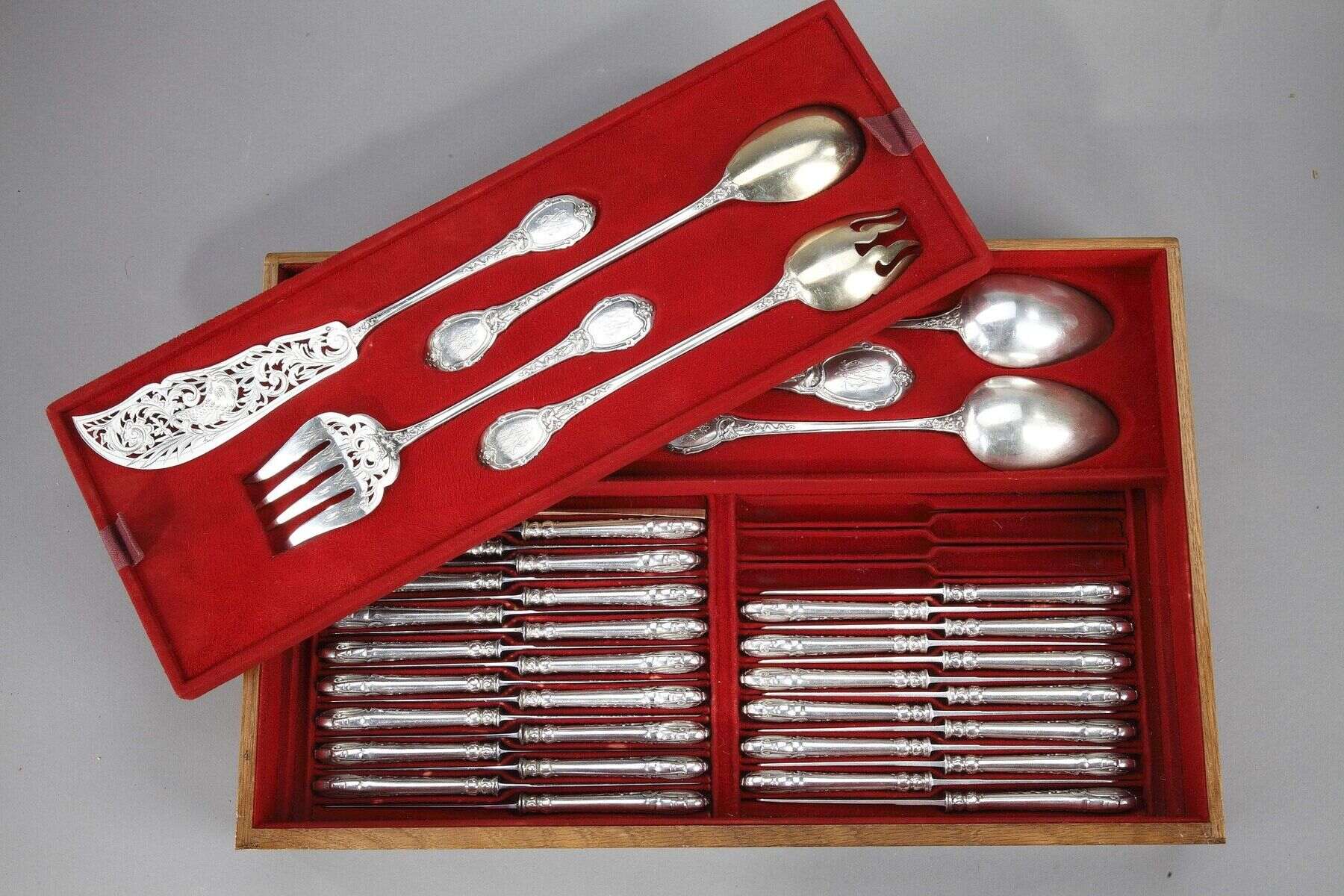
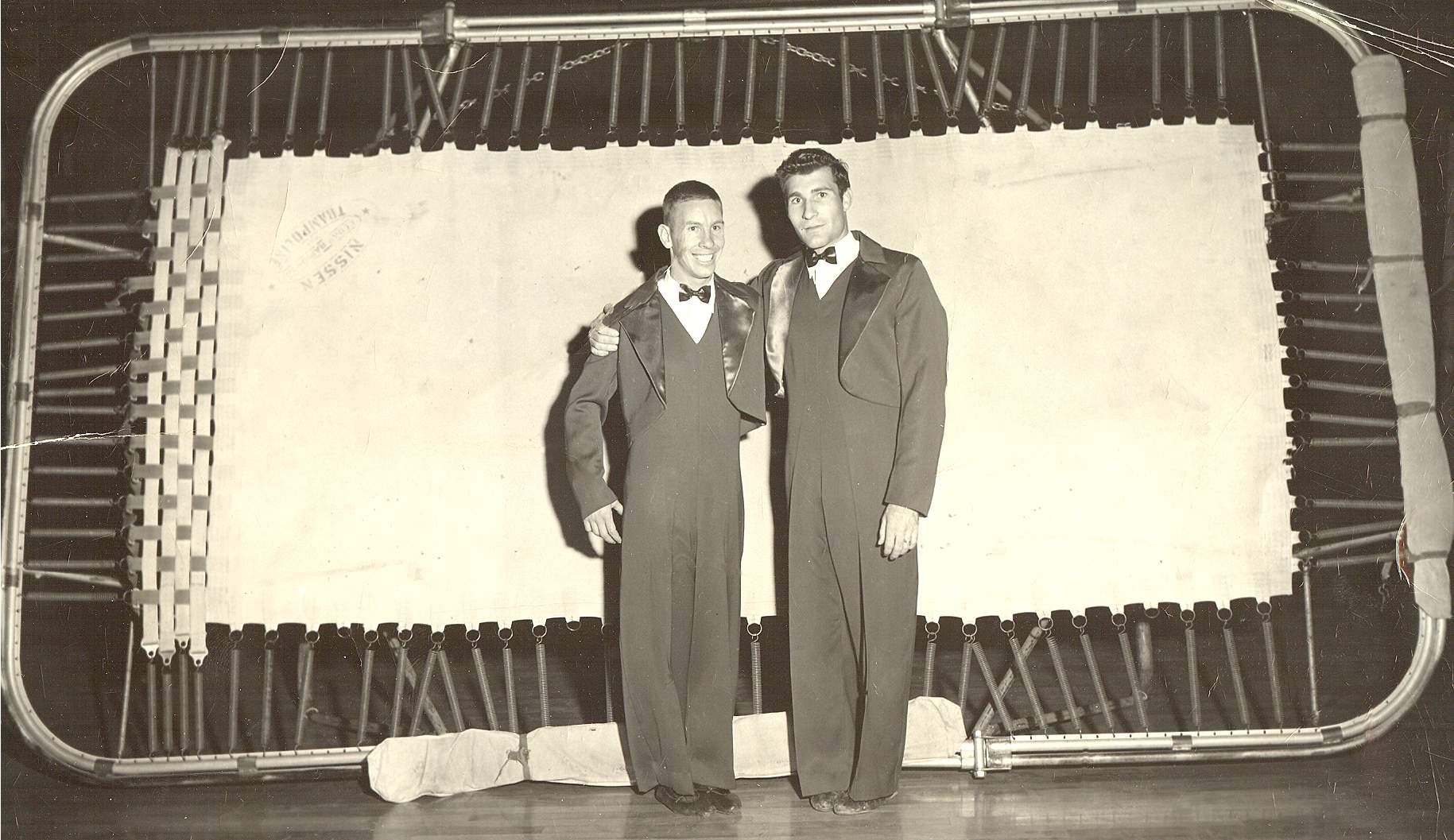




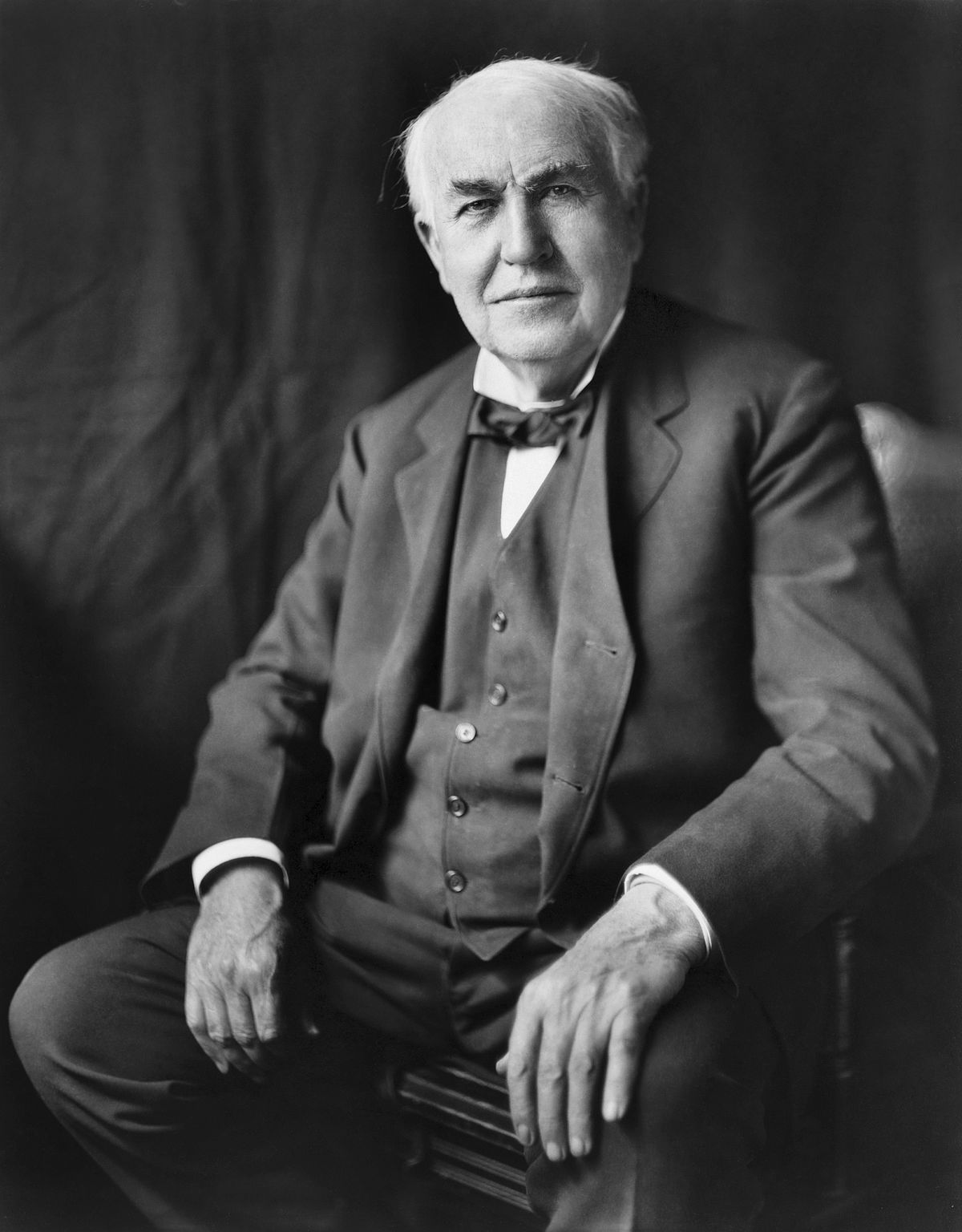
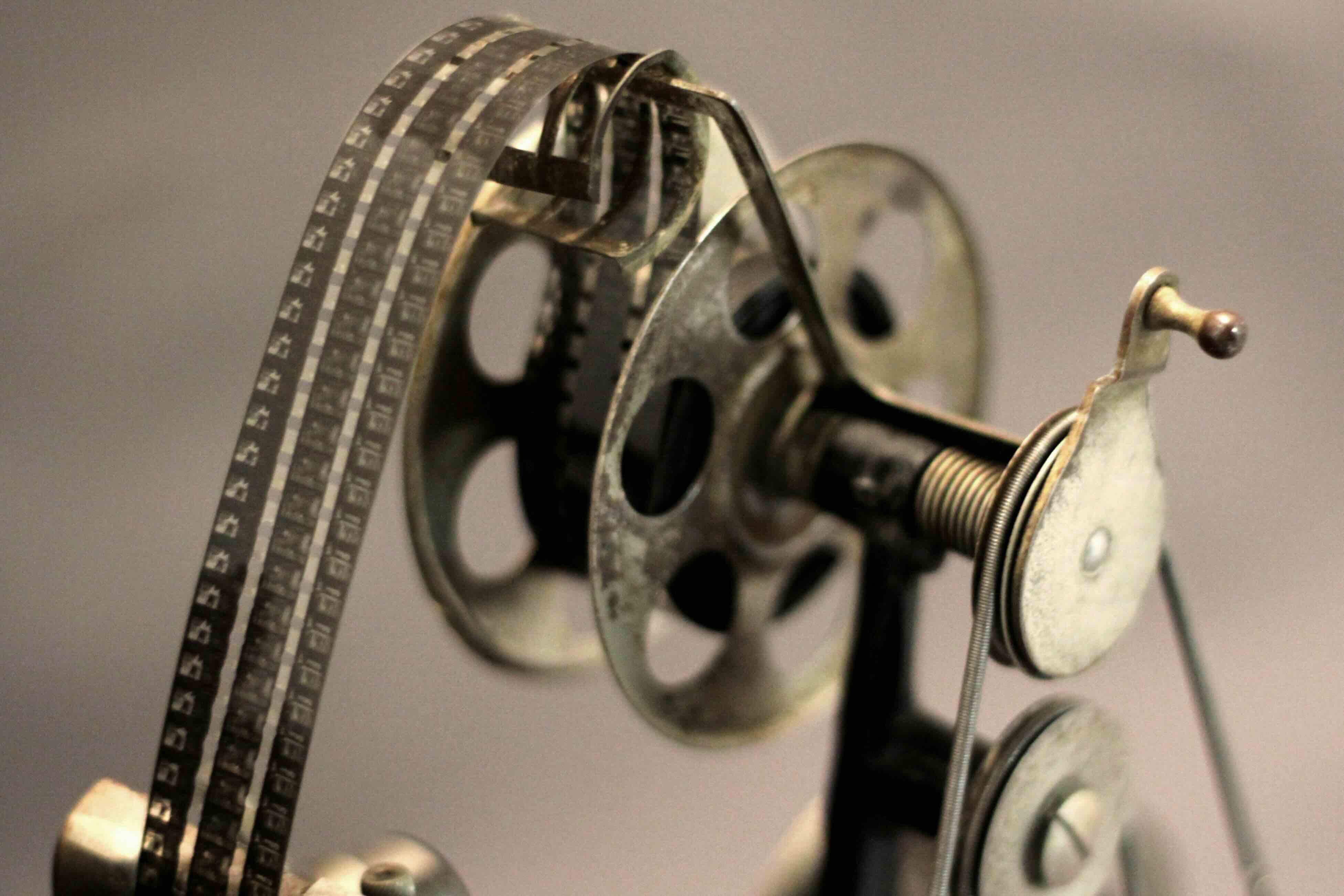


0 thoughts on “Who Invented The Corkscrew”